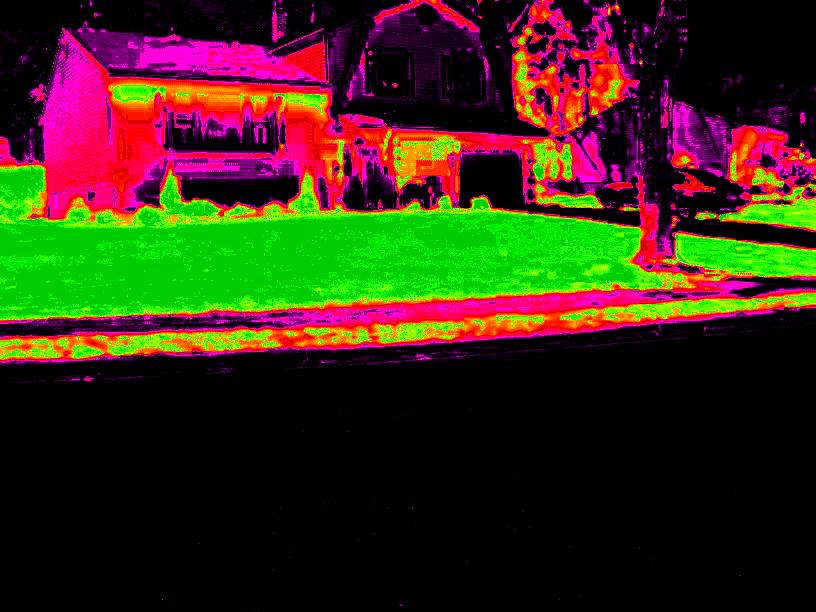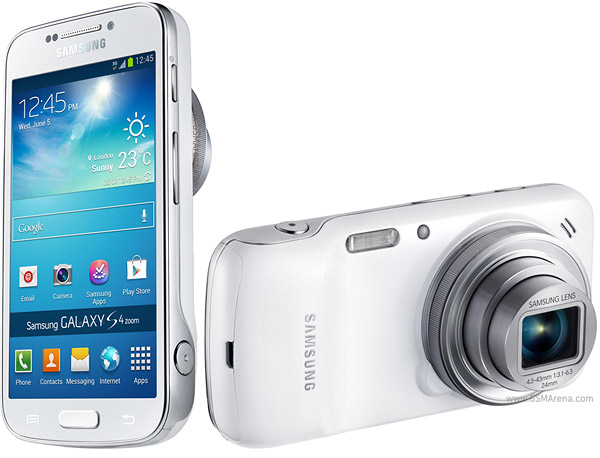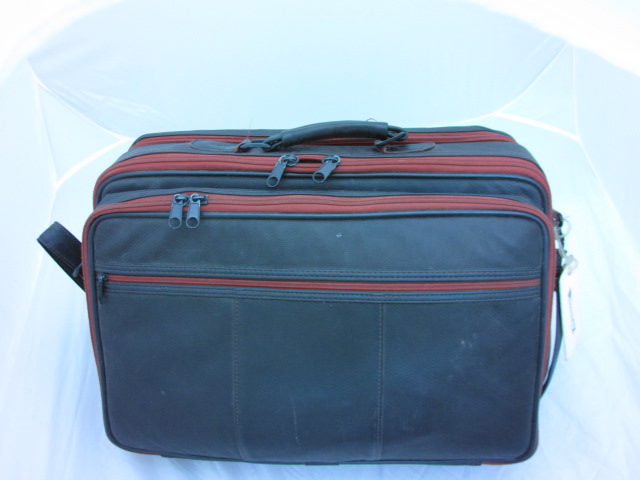Remote Sensing Cameras
You can jump to the Remote Sensing Section of our online store by clicking here.
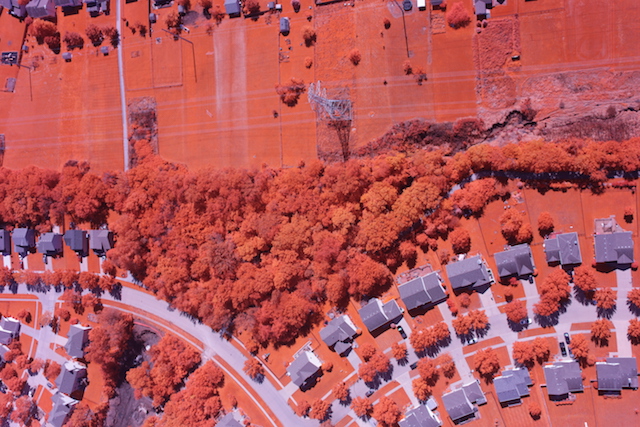
We have been selling vegetation remote sensing cameras since 2008. We are the pioneers in figuring out how to re-purpose a consumer camera to a remote sensing instrument which dramatically lowered the costs and increased the reliability and ease of use. Our cameras have the best color band separation which means that the color channels are isolated from each other which increases the quality of the results. Our Remote Sensing Explorer post processing software is available as a stand-alone purchase or discounted for purchasers of our remote sensing cameras.
We offer a variety of cameras for remote sensing and monitoring vegetation.
- 3-Band Blue-Green-NIR 680 to 800nm Cameras
- 3-Band Green-Red-NIR 800 to 900nm Cameras
- 2-Camera 5-Band System Blue-Green-Red NIR 680 to 800nm and NIR 800 to 900nm. Includes 5-Band RSE software to automatically register and align the images to create a 5-layer data stack.
New Smart Camera with custom software, records front and back pictures, GPS with logging software.
New DJI X3 NDVI Remote Sensing Cameras with Gimbal.
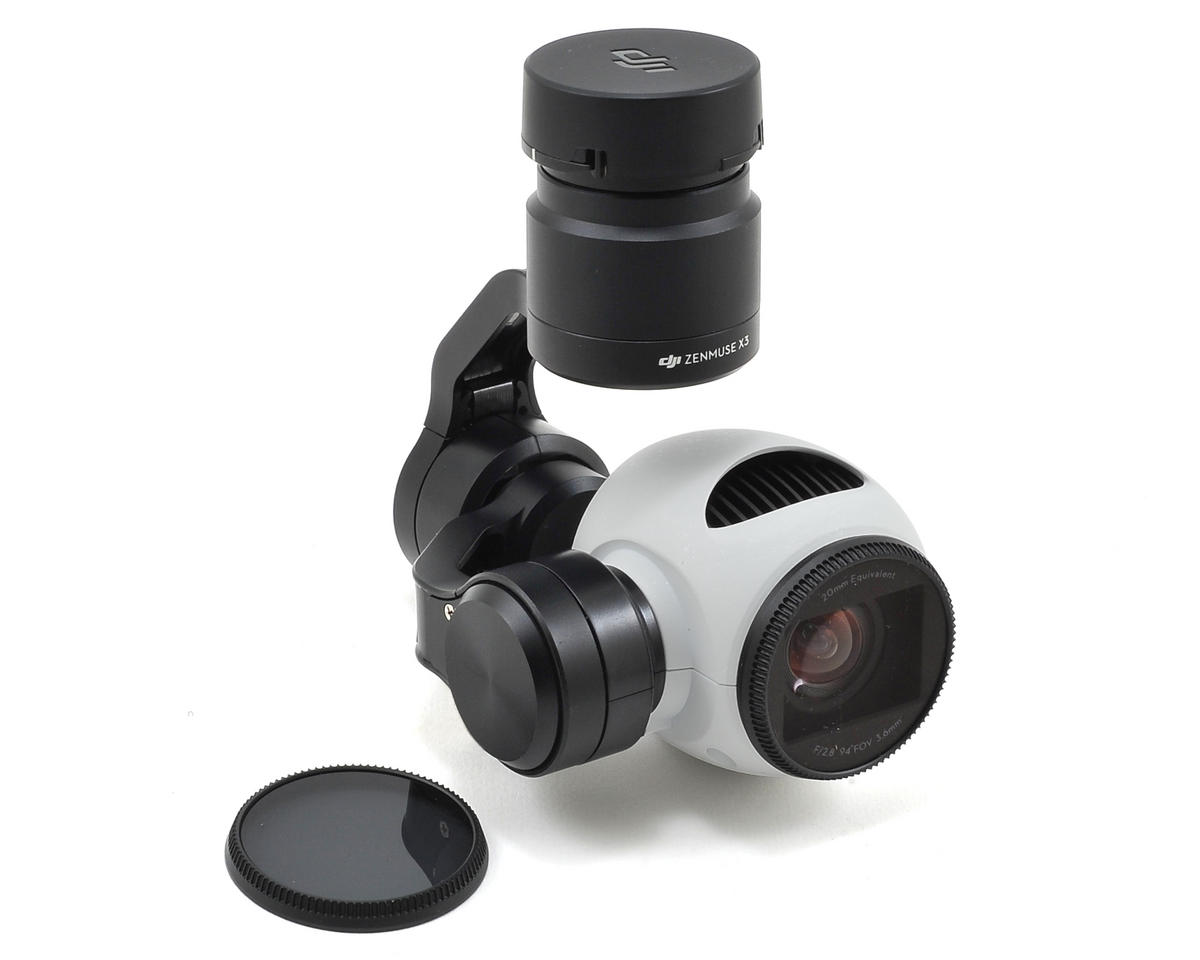
Our Remote Sensing Explorer (RSE) software is offered at a discounted price to purchasers of our cameras.
Our cameras are also compatible with a variety of other post processing software such as Pix4d, AgPixel, AgiSoft, DroneDeploy, Regent's Wincam, ERDAS, QGIS, ARCview, ARCgis ENVI and others.
To go directly to the Remote Sensing section of our store, you can click here.
Key Features
- Remote Sensing
- Can be used as a Chlolorphyll Meter
- Pant Stress and Health
- Estimating Plant Biomass
- Identifying Vegetation Differences
- Fertilizer Optimization
- Nitrogen Management Solutions
- Insect and Pest Plant Diagnositics
- Camouflage Detection
- Forrest Analysis
- Plant Identification
- Easy To Use
- Small and Lightweight Models Suitable for UAV's
- Some Models Have Built-In GPS or GPS ports
- Some Models Have Optional Firmware for Timed Interval Shutter Control and RAW Pictures
- Some Models Can Be Modified for Hardwired Power and Shutter Control
- Some Models Can Wired to Interface With Sensefly UAV's
Technical Description
Vegetation has light reflection bands and light absorption bands. By looking at the relationship of the light absorption and reflection, plant health, stress, biomass and such can be measured. Our Blue-Green-NIR cameras use blue as the absorption channel and NIR as the reflection channel. These cameras perform quite well and as easy to use. Historically, red was used as the reflection channel because, when sensing vegetation from space, the blue light was scattered more due to Rayleigh light scattering. For fixed wing aircraft and UAV's, using blue as the plant absorption channel gives you better band discrimination.
Blue-Green-NIR 680 to 800nm Cameras
- Blue Channel - Visible Blue Light
- Green Channel - Visible Green Light
- Red Channel - Near Infrared from 680nm to 800nm
Blue-Green-NIR 680nm to 800nm Cameras

For those that want the NIR signal in the blue channel, we can also make a Green-Red-NIR 800 to 900nm camera. Note that the NIR bands are different with the two sorts of cameras.
Green-Red-NIR 800 to 900nm
- Blue Channel - NIR 800 to 900nm
- Green Channel - Visible Green Light
- Red Channel - Visible Red
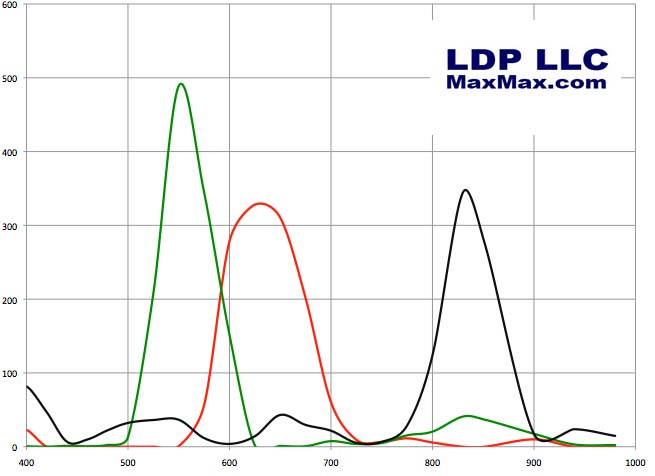
With the same WB setting, you can assume that camera sensor response curves will look very similar to each other. While sensors will have different sensitivities due primarily to pixel size, all the sensors are silicon based devices with similar Color Filter Array (CFA) dyes.
A common question is if the same results can occur with a UV-VIS-IR camera fitted with a visible blue blocking filter like a Wratten 12. The answer is "No" because while the visible blue light may be blocked from the blue channel so that it only see infrared, the red and green channels also open up in the infrared so the visible red and green channels will also contain infrared. To get a good result, you need discrete information in the RGB channels without crosstalk or IR contamination. For our G-R-NIR cameras, we have a special filter that blocks visible blue, passed visible green and red, blocks NIR from 680-800nm and then pass NIR for 800-900nm to the blue channel.
We can also add an optional Blue-Green notch filter to the camera either as a separate filter for the DLSR's or as an integrated filter for the point and shoot cameras.
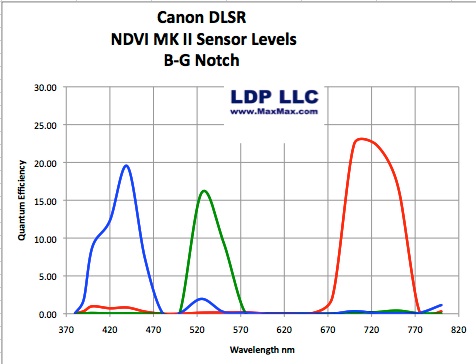
Adding the Blue-Green notch filter will give better band discrimination at the cost of lower overall sensitivity.
We have created a vegetation stress camera that allows you to take one picture and get the visible blue light in the blue channel, visible green light in the green channel and get the near infrared light the red channel. By evaluating the red versus the blue and green channels, you can quickly get information about vegetation as well as minerals, bodies of water, camouflaged object detection and more. Healthy plants have a strong near infrared reflectivity, sometimes called the "Red Edge". Our non-destructive, easy, remote sensing camera allows for quick and accurate analysis. The ratio of the near infrared reflectivity to the visible reflectivity can give you information on the plants health, discern bodies of water, barren land, shrubbery, rainforests, minerals and more. Aerial photographs with our camera can allow farmers to quickly asses the health of their crops spotting disease, sick plants, weeds and other variations.
Take a picture with our camera.
- How to measure vegetation stress with our camera and convert image to a scaled NDVI picture
- Using our RSE software or other compatible software to process the picture.
- Analyze picture for variances.
Traditionally, the NDVI ratio was calculated with special Kodak infrared film which had the unusual property of the blue channel capturing the infrared and the red and green channel capturing the visible red and green. Kodak has discontinued this film. With our digital camera, the blue channel captures the visible while the red captures the near infrared, which is the reverse of the Kodak film. Taking pictures with our camera and then finding the RGB values for any point using a program such as Photoshop, you can get a direct reading of both near infrared and visible light. Using our camera makes the process simple and easy.
Advantages over Chlorophyll Meters
Much more information. Most Chlorophyll meters use two pixels. One infrared and one visible. Our cameras have 12 to 18 million pixels of data in each picture!
- Lower Cost
- Easier to use
- Live LCD display
- Huge post processing potential using our RSE software or other compatible software
- Measurements may be done from far distances including aerial. Chlorophyll meters must almost make contact with the leaf.
Quick and easy chlorophyll measurements of plants without damaging the leaf. Because chlorophyll is reflective in the hear IR and because a unhealthy plant has a drop in chlorophyll, comparing the hear IR reflection to the visible green or blue will give you a non-destructive way to assess plant health. The NDVI cameras can be used to monitor the growth and health status many agricultural products including corn, wheat, rice, cotton, oranges. Fertilizer optimization is possible by allowing the user to see if plants are over or under fertilzed.
Since the 3-band camera includes the visible blue and green bands, the user can discriminate between bodies of water and plants.
This camera can also be used to detect camouflaged objects. While a camouflaged object may be hard to detect in normal human visible colors, often the dyes and pigments used to camouflage the object have different responses in the hear IR.
Picture of a bag with a normal camera Picture of a bag with a Canon NDVI
Note that in the second picture, the zippers on the bag are red while the normal camera see a black bag. This effect occurs because the color dyes used on the zippers happen to reflect infrared light while the black leather does not.
Please note that we no longer support ImageJ for post processing the images. Our new RSE software is over 100x faster, much easier to use and gives the customer many more options for exploring the data. Customers have other options besides RSE for processing images such as Pix4d, AgPixel, AgiSoft, DroneDeploy, Regent's Wincam, ERDAS, ARCview, ARCgis ENVI and others
Normal Healthy Lawn
Regular Picture NDVI Processed Picture

